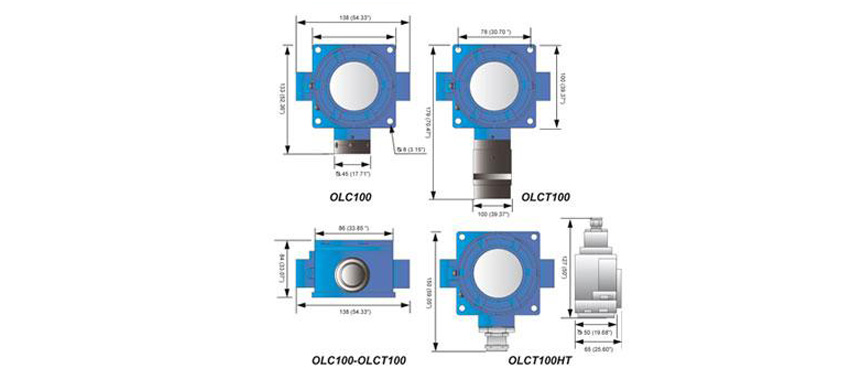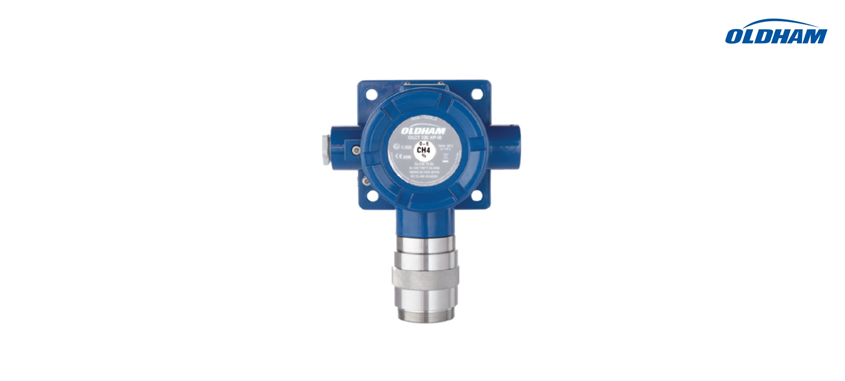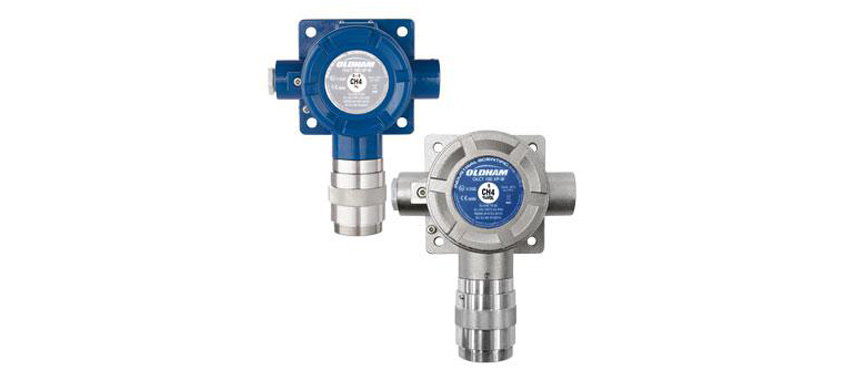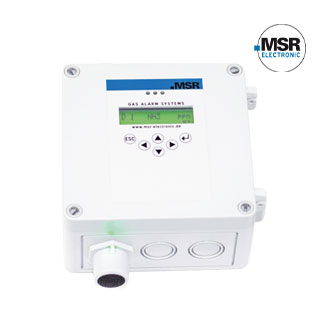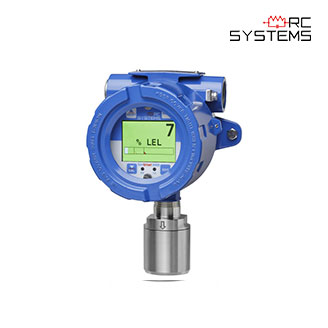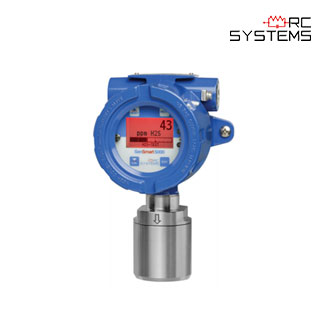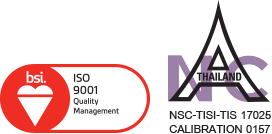OLCT100 : Toxic and Combustible Gas Detector
Product Descriptions
Designed for the detection of explosive gases, toxic gases or oxygen, this combustible gas detector comes with a Wheatstone bridge output (OLC 100) or 4-20mA output (OLCT 100). Whatever your application Oldham offers a solution: catalytic, electrochemical, semiconductor, or poison control version. ATEX approved, these detectors are available in explosion safe or intrinsically safe versions. In addition to this range the OLC/OLCT 100 offers an infrared sensor, which allows it to be used in more severe environmental conditions, where the presence of poisons could harm the use of a catalytic sensor. With a 3-year warranty on the sensor and electronics, the OLCT 100 XP-IR will provide reliability and extended lifetime. With this new line of detectors, Oldham broadens its product range with products that combine reliability, durability and ease of use.
SIL 2 certified according to EN 50402, the 100 series is very safe. As an example the Probability of Failure on Demand (PFD) of combustible versions is 1 out of 418 for the catalytic version and 1 out of 2857 for the infrared version.
– 4-20 mA analog transmitter without display
– SIL2 capability for LEL, O2, CO, H2S, NH3, CO2
– Detects combustible, toxic or refrigerant gases and O2
– Available with electrochemical, infrared or semi-conductor sensors
– Designed for industrial applications
– Available in explosion-proof or intrinsically safe versions, and stainless steel
– A high-temperature version allows operation up to 200°C
OLCT 100 Gas Detector Versions
OLCT 100 XP: Explosion-proof version and equipped with a catalytic, electrochemical or semiconductor sensor, for detection of explosive, toxic gases or oxygen.
OLCT 100 IS: Intrinsically safe version and equipped with an electrochemical sensor for detection of toxic gases or oxygen.
OLCT 100 XP IR: Explosion-proof version and equipped with an infrared sensor for detection of CO2.
OLCT 100 XP HT: High temperature explosion-proof version, for detection of explosive gases up to 200°C.

